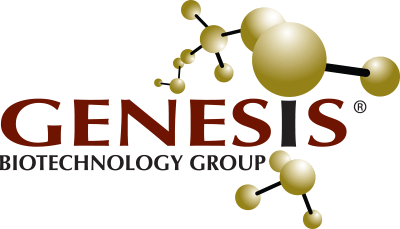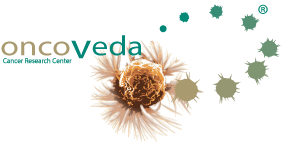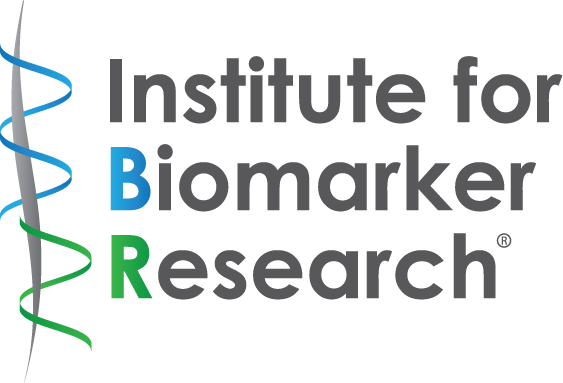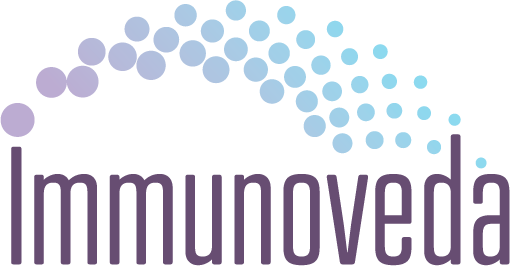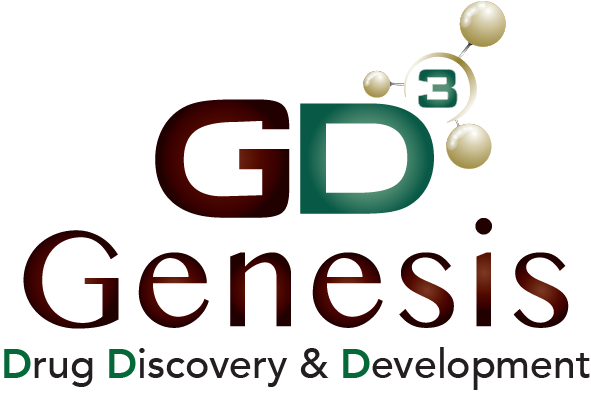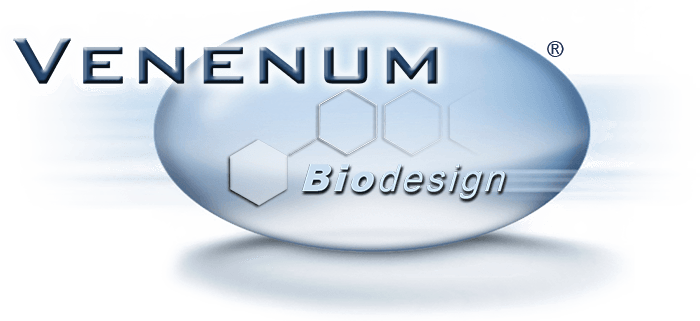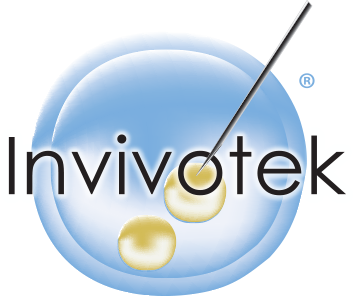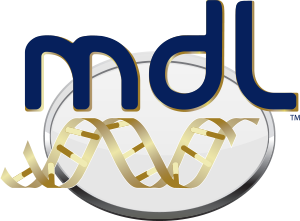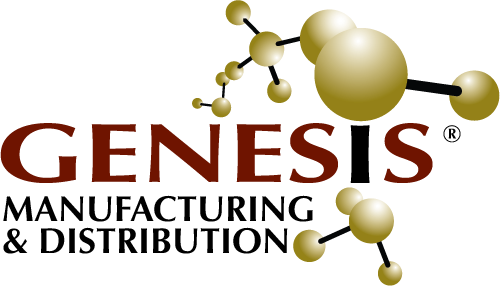SERVICES
Oncology & Immuno-Oncology
Efficacy Studies in Xenograft and Syngeneic Cancer Models in Mice
Our Oncology program for evaluation of test compounds in xenograft and syngeneic tumor models in mice offers a unique suite of technologies, scientific expertise and technical skills for monitoring of primary and metastatic tumor growth in vivo:
- Years of experience in the field of Oncology and Immune Oncology
- Sophisticated surgery techniques for orthotopic tumor implantation and primary tumor excision
- Experience with xenograft tumor models in humanized mice
- Advanced expertise in FACS analysis of tumor infiltrating lymphocytes
- Pioneers in biophotonic imaging for tracking orthotopic and metastatic tumor growth
- Biochemical capabilities for multiplex analyses of cytokines, hormones and other analytes
- Multidisciplinary scientific team with extensive experience in evaluation of a broad range of compounds and biologics in efficacy studies
Each study is custom-designed to best meet individual client needs. Interpretive data analysis and summary reports are provided at the completion of each study.
Cell line-derived xenograft (CDX) models that utilize patient-derived tumor cells can provide a more individualized platform for immune-oncology research. CDX models establish a tumor-bearing system in vivo by implanting immunocompromised mice with cell lines derived from primary tumor tissue. They are an attractive preclinical tool as the xenotransplantation of human cell lines is easy to control, well established and allows for rapid evaluation of therapeutic agents. The molecular profiles of CDXs demonstrate broad similarity when compared to the primary tumor. Most importantly, from a pharmacological perspective, the response of CDXs to standard chemotherapies often recapitulates the donor patient’s response to the same treatment. Therefore, CDXs can complement tumor biopsies and PDXs and can be a source of tumor material for research purposes. CDXs offer an opportunity to generate tailored treatment regimens for those patients that cannot undergo surgery or an alternative invasive procedure.

All of our well-characterized CDX models include select molecular and clinical tumor data. Models include, but are not limited to:
- B-cell line EBV-EBNA1 positive
- B-Cell non-Hodgkin Lymphoma
- B-Cell plasmacytoma
- Breast adenocarcinoma
- Breast adenocarcinoma, metastatic
- Breast invasive ductal carcinoma, stage IIA, grade 3
- Breast normal mammary gland
- Burkitt’s Lymphoma
- Cervix adenocarcinoma
- Cervix squamous cell carcinoma
- Clear cell renal cell carcinoma, CCRCC
- Colon adenocarcinoma
- Colon adenocarcinoma (KRAS mutated)
- Colon adenocarcinoma (KRAS normal)
- Colorectal carcinoma
- Epidermoid carcinoma
- Head and neck squamous cell carcinoma
- HeLa derivative
- Lung cancer, NSCLC
- Lung non-small cell carcinoma, NSCLC
- Bronchioalveolar carcinoma
- Lung non-small cell carcinoma, NSCLC, large cell Adenocarcinoma
- Lung small cell carcinoma, SCLC
- Neuroblastoma
- Normal foreskin fibroblasts
- Ovarian carcinoma
- Ovarian teratocarcinoma
- Pancreatic ductal adenocarcinoma, PDAC
- Prostate carcinoma metastatic
- T-cell leukemia acute
- Acute lymphoblastic leukemia, T-ALL
- Urinary bladder carcinoma, grade II
- Urinary bladder transitional cell carcinoma
- Uterine carcinoma
Small Animal Radiation Research Platform
GD3 offers a Small Animal Radiation Research Platform (SARRP) utilizing Xstrahl Life Sciences industry-leading SARRP image-guided micro irradiator. This powerful technology incorporates high resolution CT imaging with precise radiation delivery to enable researchers to pinpoint an exact anatomical target and more efficiently and effectively incorporate irradiation into their immuno-oncology study designs.
In Vivo Preclinical Imaging Platform Key Features:
- Fully CT-guided irradiation device
- Tumor targeted or whole body irradiation
- Noninvasive, precise and accurate
- Radiotherapy application in small animal models
- Ideal for studying radiotherapy with immunotherapy to mimic ongoing clinical trials
Image of a Tumor Targeted/Focal Radiology
SARRP is a customizable research platform designed to provide our preclinical research community with the ability to engage in the most clinically relevant, reproducible, and technically advanced studies. SARRP delivers image-guided targeted irradiations as individual or combined beams defined by brass collimators which directs a precise radiation delivery to a small circular, square, or rectangular fields.
At GD3, advances in the understanding of the molecular biology of cancer, combined with rapid technological advances in radiation therapy, targeting, and delivery, are maintaining the need for more research to study radiation effects in complex systems.
Each radiation therapy study is custom-designed to best meet individual client needs. Interpretive data analysis and summary reports are provided at the completion of each study.
Immunology & Inflammation
The immune system plays a pivotal role in the pathogenesis of many common diseases, including autoimmune and infectious disease, cancer, atherosclerosis and allergies. Along with offering a broad spectrum of disease models and bioassays focused in Immunology and Inflammation, our multidisciplinary scientific team custom-designs each study to expand the capacity of your drug discovery research needs. Interpretive data analysis and a complete raw data set are provided in the final report to accelerate your decision making process.
The Invivotek Immunology and Inflammation Program offers the following models and bioassays:
Animal Disease Models
- Antigen-induced Arthritis for Rheumatoid Arthritis
- Collagen-Induced Arthritis for Rheumatoid Arthritis
- Monoclonal Antibody Induced Arthritis for Rheumatoid Arthritis
- Experimental Autoimmune Encephalitis for Multiple Sclerosis
- Allergen-induced Pulmonary Inflammation for Asthma
- Lipopolysaccharides (LPS)-induced Airway Inflammation
- Acute lung injury model (LPS-induced)
- DSS-induced Colitis for Ulcerative Colitis
- TNBS-induced Colitis for Crohn’s Disease
- Allergic Dermatitis (DNFB or Oxazolone induced)
Non-Disease In vivo Bioassays
- Non-lethal Endotoxemia with LPS
- Antigen-dependent In Vivo T-cell Proliferation by BrdU uptake
- OVA-stimulated In Vivo Antibody Production (IgG1, IgG2a, IgG2b)
- KLH-stimulated In Vivo Antibody Production (IgM, IgG)
- Delayed Type Hypersensitivity by mBSA or KLH with adjuvant
- Delayed Type Hypersensitivity by SRBC
- Monocyte or Neutrophil Infiltration induced by Thioglycollate or Zymosan or Curdlan or Tripsin
- Cutaneous Wound Healing
Ex vivo Bioassays
- Serum and Tissue Cytokine Profiling in animal disease models
- FACS Analysis of Lymphoid Organs and Tissue Infiltrates
- Hematology Five Part Differential Cell Count
- Proliferative responses of T and B cells in vitro
- In vitro cytokine production assays
- T cell differentiation assay
Metabolic Disease
Neuroscience
Our neuroscience research services provide a comprehensive approach to the assessment of neurological diseases through a wide range of behavior, pain and motor function tests for the purposes of testing efficacy and toxicity.
The Invivotek Neuroscience Program offers the following models:
Neurology
- Locomotor activity (open field, long-term locomotor activity in home cage)
- Rotorod
- Grip strength
- Behavioral Battery
Opioid withdrawal model
Pain
- Acute nociception
- Hot plate
- Acetic acid
- Tail flick
- Hargreaves
- Chronic pain models
- Inflammatory neuritis-carrageenan induced sciatic nerve in rats
- Inflammatory pain – carrageenan and complete Freund’s adjuvant foot pad injection
Affective Disorders
- Elevated Plus maze
- Open field
- Novel environment induced feeding suppression











